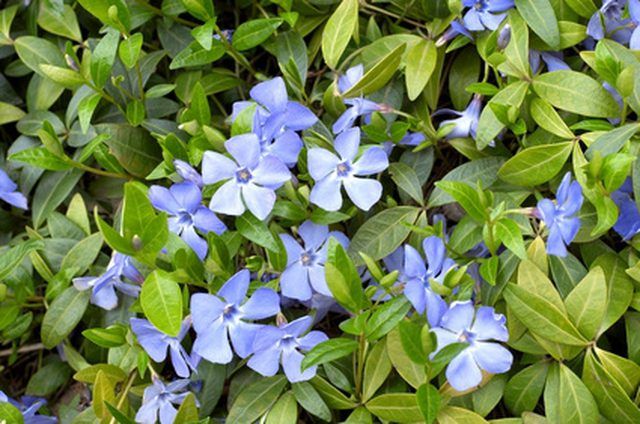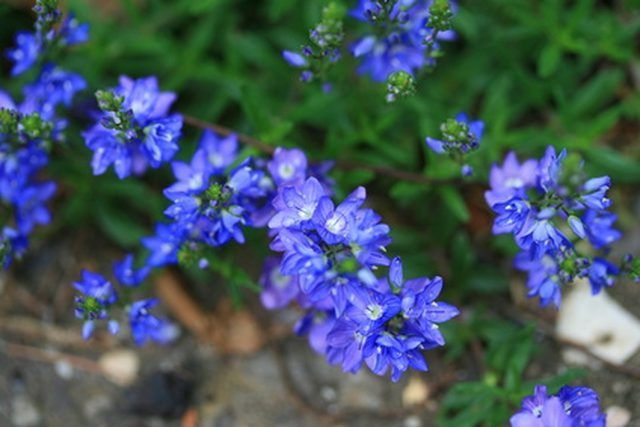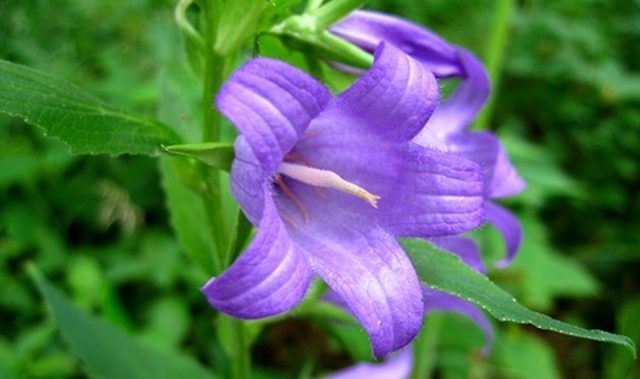Bulbs
Flower Basics
Flower Beds & Specialty Gardens
Flower Garden
Garden Furniture
Garden Gnomes
Garden Seeds
Garden Sheds
Garden Statues
Garden Tools & Supplies
Gardening Basics
Green & Organic
Groundcovers & Vines
Growing Annuals
Growing Basil
Growing Beans
Growing Berries
Growing Blueberries
Growing Cactus
Growing Corn
Growing Cotton
Growing Edibles
Growing Flowers
Growing Garlic
Growing Grapes
Growing Grass
Growing Herbs
Growing Jasmine
Growing Mint
Growing Mushrooms
Orchids
Growing Peanuts
Growing Perennials
Growing Plants
Growing Rosemary
Growing Roses
Growing Strawberries
Growing Sunflowers
Growing Thyme
Growing Tomatoes
Growing Tulips
Growing Vegetables
Herb Basics
Herb Garden
Indoor Growing
Landscaping Basics
Landscaping Patios
Landscaping Plants
Landscaping Shrubs
Landscaping Trees
Landscaping Walks & Pathways
Lawn Basics
Lawn Maintenance
Lawn Mowers
Lawn Ornaments
Lawn Planting
Lawn Tools
Outdoor Growing
Overall Landscape Planning
Pests, Weeds & Problems
Plant Basics
Rock Garden
Rose Garden
Shrubs
Soil
Specialty Gardens
Trees
Vegetable Garden
Yard Maintenance
Blue Flowering Ground Cover
Blue Flowering Ground Cover. If maintaining a water-guzzling lawn is too much work for you, consider the ground cover alternative. Ground cover plants are available in a wide array of colors, with blue being a classic favorite. Once the ground cover has taken hold, it acts as a living mulch, suppressing weeds by crowding out and shading them....

If maintaining a water-guzzling lawn is too much work for you, consider the ground cover alternative. Ground cover plants are available in a wide array of colors, with blue being a classic favorite. Once the ground cover has taken hold, it acts as a living mulch, suppressing weeds by crowding out and shading them. Prepare the soil prior to planting by loosening, removing weeds and adding high-quality compost to speed the spread of the plants with healthy vigor.
Periwinkle
Big leaf periwinkle (Vinca major) is a ground cover to endure in spots in the yard where other ground covers have failed. It is a tough evergreen that grows well in both shade and sun, and on both level ground and hillsides. Soft blue 1-inch-wide flowers open in late spring. If planted near other flowers, big leaf periwinkle will overrun and smother them with its aggressive nature. It thrives in USDA zones 4 through 9.
Hardy Plumbago
Another aggressive ground cover growing well in USDA zones 5 through 9 is hardy plumbago (Ceratostigma plumbaginoides). This long-lived, deep blue flowering plant quickly spreads through the landscape, providing its colorful show in the early fall. As the flowers finish, the leaves slowly turn to a red shade for continued vivid garden color.
Thyme-leaf Speedwell
A less aggressive, slow-growing blue ground cover is thyme-leaf speedwell (Veronica oltensis). At only 1 inch high, it can be inserted between concrete or stone pavers or given its own corner in the landscape. Hardy to USDA zones 4 through 9, this tough evergreen sports blue flowers in the early spring.

Turkish Speedwell
A member of the same family as thyme-leaf speedwell, Turkish speedwell (Veronica liwanensis) is a ground-hugging shiny evergreen foliage that creates a thick 2 inch carpet. In early spring, spikes of tiny blue flowers pop up to welcome the warmer weather. This flowering ground cover thrives in USDA zones 4 through 8, needing some shade in the hotter areas of its range.
Resholt's Bellflower
Resholt's bellflower (Campanula portenschlagiana) is a garden favorite with its deep blue bell-shaped flowers on slender stems. The flowers are held above a mat of small glossy green leaves. This blue ground cover is hardy to USDA zones 4 through 8. Besides its use on flat ground, Reshlot's bellflower is very pretty as it cascades over a rock wall.

Hidcote Blue Comfrey
Hidcote blue comfrey (Symphytum grandiflorum) has many clear blue downward-facing blossoms. As an early spring bloomer, its blue flowers are a complement to yellow daffodils if planted in the same garden bed. This flowering ground cover grows well in USDA zones 4 through 9.